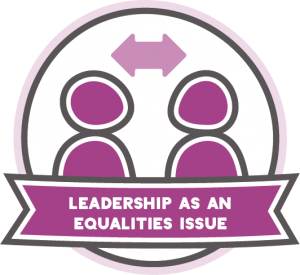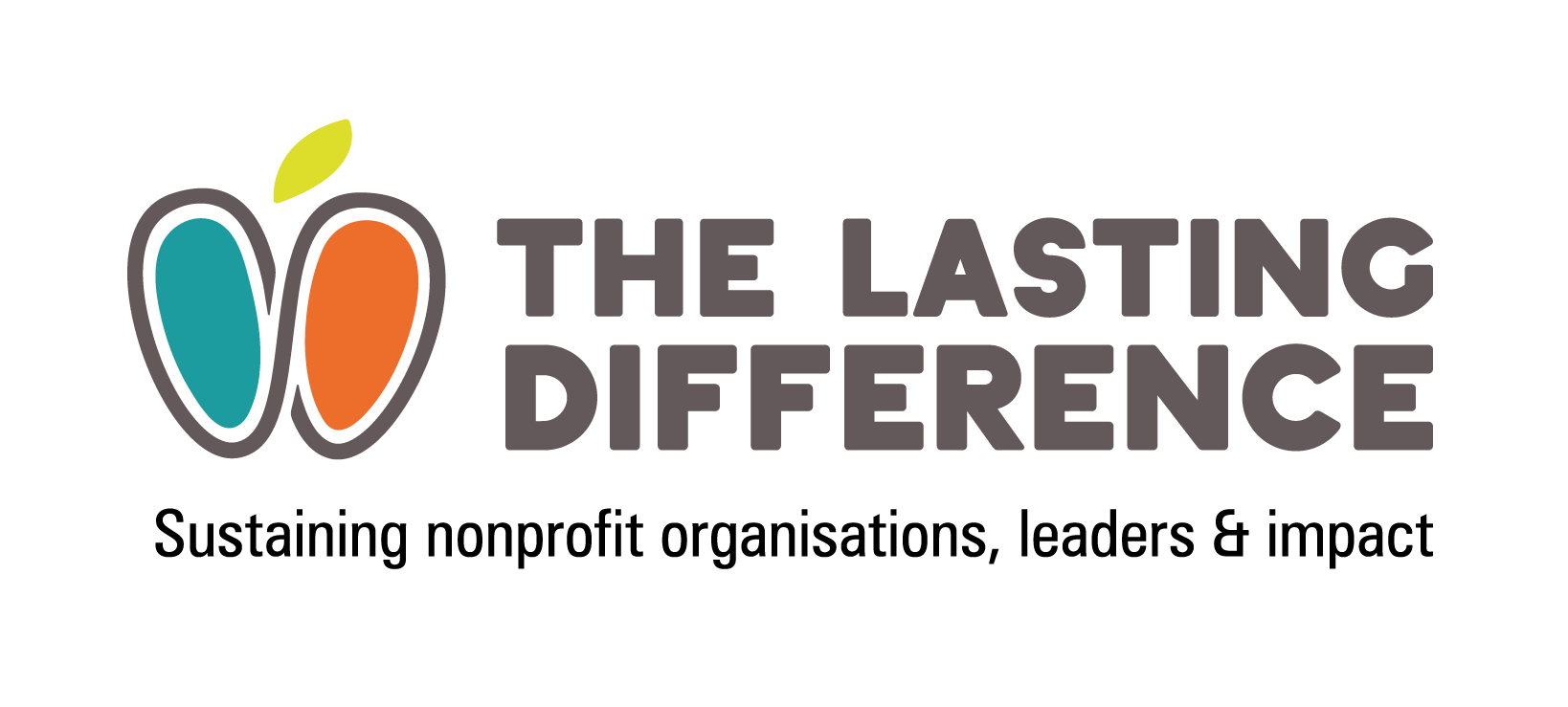 One day soon, we may look back on practices that are considered normal and be appalled at what was acceptable in early 21st century nonprofit workplaces.
One day soon, we may look back on practices that are considered normal and be appalled at what was acceptable in early 21st century nonprofit workplaces.
This article, the last in our series introducing the principles of sustainable leadership, explores the urgent challenge of addressing inequality at work.
Introduction
When we set out to define and explore sustainable leadership, we weren’t prepared to find so many examples of prejudice in 21st century workplaces. Some of this is structural, with workplaces and practices being designed in ways that exclude or marginalise women, people from BME backgrounds, disabled people – most of the workforce then. And some is attitudinal – male trustees expecting female CEOs and staff to make the tea, take minutes etc; BME people being expected to anglicise their names ‘for ease’; prevailing ideas of what a good leader looks like.
Sadly, organisations that promote social justice and equality don’t always embody those values in their approach to leadership and employment.
The non-profit sector is values-based – equality, diversity and inclusion are the foundation of many organisations’ vision and ethos. But inequalities still exist in sector leadership and governance. Two-thirds of the non-profit workforce are women but almost two thirds of Trustees are men. In this context, we have pledged as a company never to discuss leadership without acknowledging its gendered nature. Alongside this, people who face additional barriers to power are underrepresented in leadership roles. There is more to be done to ensure equalities in leadership are addressed, particularly in senior and governance roles. Seeing leadership through the lens of feminism, equalities and intersectionality is essential to increasing the diversity and sustainability of non-profit leadership.
The challenge
Everyday prejudice is so prevalent and energy-sapping that people learn to put up with it. ‘Imposter syndrome’ leads to people questioning themselves, rather than the way they are treated. Women are significantly under-represented in governance roles and leadership positions – particularly in the largest charities. Intersectionality means that these barriers are compounded for some people and groups.
Addressing inequalities requires focused attention and sustained action if leadership in the sector is to be truly equal and diverse. Organisations don’t set out to exclude potential leaders, but good intentions aren’t enough, they must be followed through into action. Sustainable leadership requires organisations and leaders advocating for change, assigning resources and taking accountability for results.
Principles
- People shouldn’t experience the effects of prejudice and inequality in the workplace.
- No-one should be or feel invisible at work.
- Work and leadership opportunities should be inclusive for everyone.
- Gender matters.
- Existing power structures need to change.
- The traditional image of leadership skews perceptions of what – and who – effective leaders are.
- The way leadership roles are defined influences who will apply for them – and who will be considered.
Practices: ideas for action
- Develop equality and diversity-focused policies for recruitment, development and governance.
- Publish your results, making your commitment to inclusion visible to all.
- Ensure representation throughout your organisation. Take a gendered approach, including training managers to ensure women are supported through maternity transition, menstruation or menopausal symptoms.
- Provide flexible working, including compressed hours, shorter working days/weeks, working from home and the better use of technology can all help too.
- Address equalities in governance by encourage and valuing different experiences and perspectives, reviewing board make-up and ensuring boards represent the people and issues they serve.
Examples of good practice from our research:
- A board equality and diversity self-assessment which assesses equalities characteristics and diversity of background and outlook.
- Policies that support specific needs, such as menopause policies that recognise the need to support women in different ways at different times in their lives.
- Flexible working arrangements.
- Equalities and diversity awareness training and events, to keep knowledge up to date and enable open conversations.
- Buildings with gender inclusive toilets.
- Quiet spaces which can be used for prayer, breastfeeding, taking time out etc.
- Service users being involved in recruitment e.g. on interview panels or pre-interview tours.
Our free guide to sustainable leadership, featuring self-assessments, templates and ideas for action is now available! Visit the resources page for your free interactive download.
